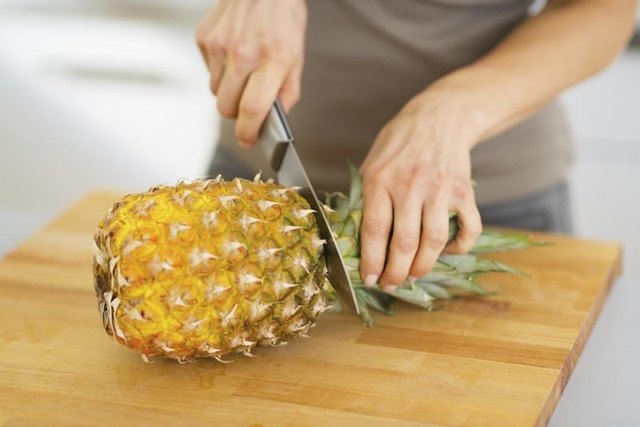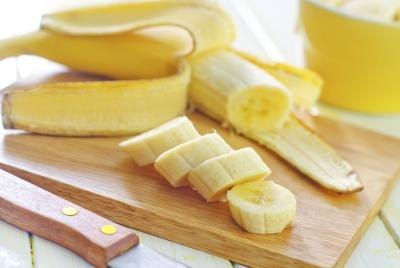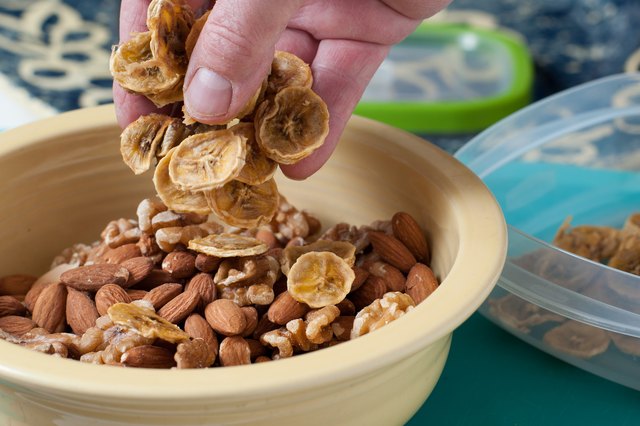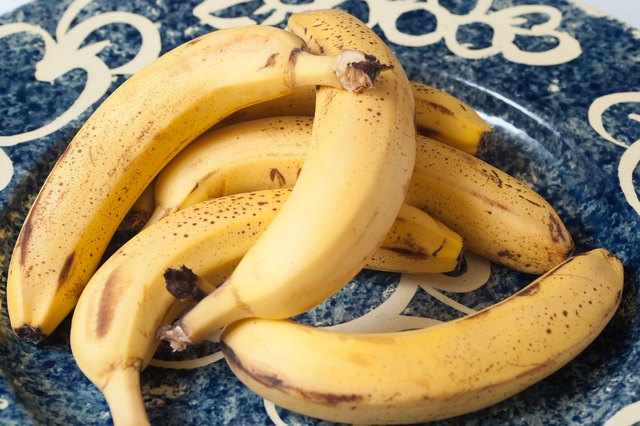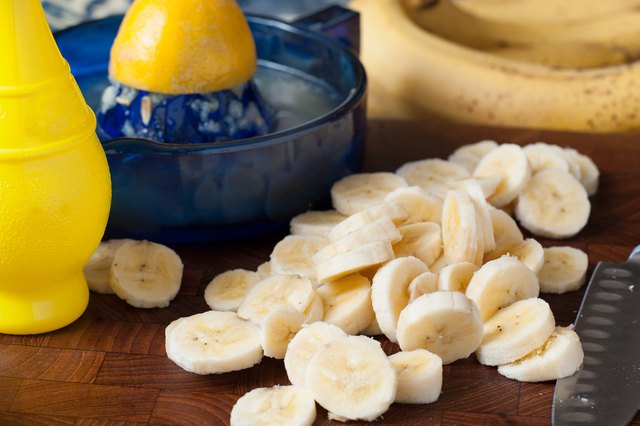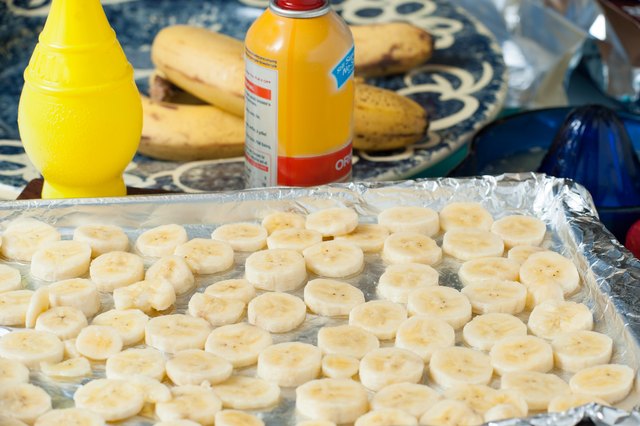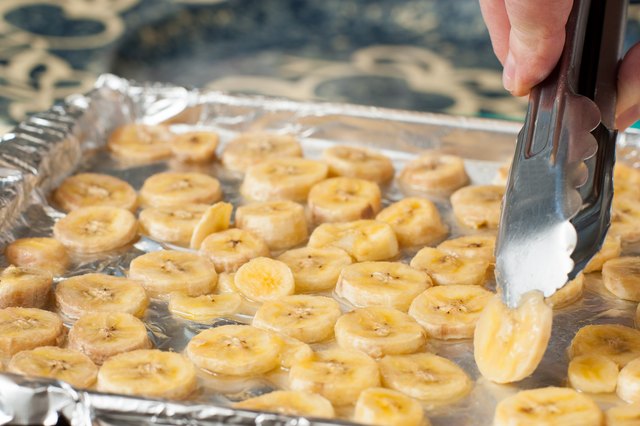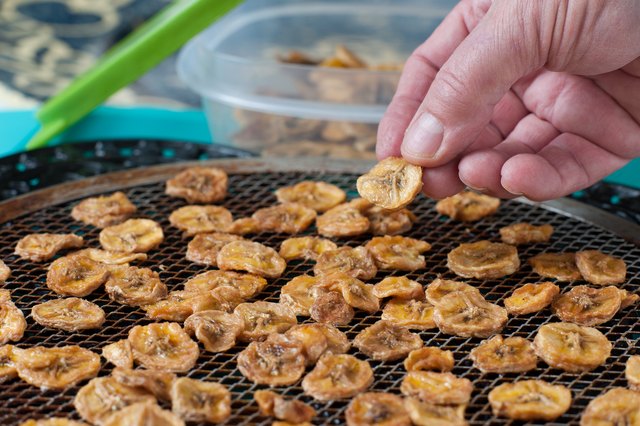Pulp is a lignocellulosic fibrous material prepared by chemically or mechanically separating cellulose fibres from wood, fiber crops or waste paper. The wood fiber sources required for pulping are "45% sawmill residue, 21% logs and chips, and 34% recycled paper" (Canada, 2014). Pulp is one of the most abundant raw materials worldwide.

Structure of fibres of pulp
History
Using wood to make paper is a fairly recent innovation. The ancient Egyptians were the first to make paper by crushing reeds and pressing them together to form a paper-like material. Later, papermaking using cotton and linen fibers spread to Europe in the 13th century. Medieval historian Lynn White credited the spinning wheel with increasing the supply of rags, which led to cheap paper, which was a factor in the development of printing. By the 1800s, fibre crops such as flax, which provided linen fibres, were still the primary material source, and paper was a relatively expensive commodity. The use of wood to make pulp for paper began with the development of mechanical pulping in Germany by F.G. Keller in the 1840s, and by the Canadian inventor Charles Fenerty in Nova Scotia. Chemical processes quickly followed, first with J. Roth's use of sulfurous acid to treat wood, followed by Benjamin Tilghman's U.S. patent on the use of calcium bisulfite, Ca(HSO3)2, to pulp wood in 1867. Almost a decade later the first commercial sulfite pulp mill was built in Sweden. It used magnesium as the counter ion and was based on work by Carl Daniel Ekman. By 1900, sulfite pulping had become the dominant means of producing wood pulp, surpassing mechanical pulping methods. The competing chemical pulping process, the sulfate or kraft process was developed by Carl F. Dahl in 1879 and the first kraft mill started (in Sweden) in 1890. The invention of the recovery boiler by G.H. Tomlinson in the early 1930s allowed kraft mills to recycle almost all of their pulping chemicals. This, along with the ability of the kraft process to accept a wider variety of types of wood and produce stronger fibres made the kraft process the dominant pulping process starting in the 1940s.

Pulp at a paper mill near Pensacola, 1947
Global production of wood pulp in 2006 was 175 million tons (160 million tonnes). In the previous year, 63 million tons (57 million tonnes) of market pulp (not made into paper in the same facility) was sold, with Canada being the largest source at 21 percent of the total, followed by the United States at 16 percent. Chemical pulp made up 93 percent of market pulp.
Manufacturer of Wood Pulp
The timber resources used to make wood pulp are referred to as pulpwood. Wood pulp comes from softwood trees such as spruce, pine, fir,, larch and hemlock and hardwoods such as eucalyptus, aspen and birch.
A pulp mill is a manufacturing facility that converts wood chips or other plant fibre source into a thick fiberboard which can be shipped to a paper mill for further processing. Pulp can be manufactured using mechanical, semi-chemical or fully chemical methods (kraft and sulfite processes). The finished product may be either bleached or non-bleached, depending on the customer requirements.
Fibres in wood pulp
Wood and other plant materials used to make pulp contain three main components (apart from water): cellulose fibers (desired for papermaking), lignin a three-dimensional polymer that binds the cellulose fibres together) and hemicelluloses(shorter branched carbohydrate polymers). The aim of pulping is to break down the bulk structure of the fibre source, be it chips, stems or , other plant parts, into the constituent fibres.
Chemical pulping achieves this by degrading the lignin and hemicellulose into small, water-soluble molecules which can be washed away from the cellulose fibres without depolymerizing the cellulose fibres (chemically depolymerizing the cellulose weakens the fibres). The various mechanical pulping methods, such as groundwood (GW) and refiner mechanical (RMP) pulping, physically tear the cellulose fibres one from another. Much of the lignin remains adhering to the fibres. Strength is impaired because the fibres may be cut. There are a number of related hybrid pulping methods that use a combination of chemical and thermal treatment to begin an abbreviated chemical pulping process, followed immediately by a mechanical treatment to separate the fibres. These hybrid methods include thermomechanical pulping, also known as TMP, and chemithermomechanical pulping, also known as CTMP. The chemical and thermal treatments reduce the amount of energy subsequently required by the mechanical treatment, and also reduce the amount of strength loss suffered by the fibres.
Global pulp production by category (2000)
| Pulp category | Production [M] |
| Chemical | 131.2 |
| -Kraft | 117.0 |
| -Sulfite | 7.0 |
| -Semichemical | 7.2 |
| Mechanical | 37.8 |
| Nonwood | 18.0 |
| Total virgin fibres | 187.0 |
| Recovered fibres | 147.0 |
| Total pulp | 334.0 |
Harvesting Tree
Many kinds of paper are made from wood with nothing else mixed into them (with some exceptions, like resume paper, which may include cotton). This includes newspaper, magazines and even toilet paper. Most pulp mills use good forest management practices in harvesting trees to ensure that they have a sustainable source of raw materials. One of the major complaints about harvesting wood for pulp mills is that it reduces the biodiversity of the harvested forest. Trees raised specifically for pulp production account for 16 percent of world pulp production, old-growth forests account for 9 percent, and second- and third- and more generation forests account for the rest. Reforestation is practiced in most areas, so trees are a renewable resource. The FSC (Forest Stewardship Council), SFI (Sustainable Forestry Initiative), PEFC (Programme for the Endorsement of Forest Certification), and other bodies certify paper made from trees harvested according to guidelines meant to ensure good forestry practices.
The number of trees consumed depends on whether mechanical processes or chemical processes are used. It has been estimated that based on a mixture of softwoods and hardwoods 12 metres (40 ft) tall and 15-20 centimetres (6–8 in) in diameter, it would take an average of 24 trees to produce 0.9 tonne (1 ton) of printing and writing paper, using the kraft process (chemical pulping). Mechanical pulping is about twice as efficient in using trees, since almost all of the wood is used to make fibre, therefore it takes about 12 trees to make 0.9 tonne (1 ton) of mechanical pulp or newsprint.
There are roughly 2 short tons in a cord of wood.
Preparations for Pulping
Wood chipping is the act and industry of chipping wood for pulp, but also for other processed wood products and mulch. Only the heartwood and sapwood are useful for making pulp. Bark contains relatively few useful fibers and is removed and used as fuel to provide steam for use in the pulp mill. Most pulping processes require that the wood be chipped and screened to provide uniform sized chips.
Pulping
There are a number of different processes which can be used to separate the wood fiber:
Mechanical Pulp
Manufactured grindstones with embedded silicon carbide or aluminum oxide can be used to grind small wood logs called "bolts" to make stone pulp (SGW). If the wood is steamed prior to grinding it is known as pressure ground wood pulp (PGW). Most modern mills use chips rather than logs and ridged metal discs called refiner plates instead of grindstones. If the chips are just ground up with the plates, the pulp is called refiner mechanical pulp (RMP) and if the chips are steamed while being refined the pulp is called thermomechanical pulp (TMP). Steam treatment significantly reduces the total energy needed to make the pulp and decreases the damage (cutting) to fibres. Mechanical pulps are used for products that require less strength, such as newsprint and paperboards.
Themi-Thermomechanical Pulp
Wood chips can be pretreated with sodium carbonate, sodium hydroxide, sodium sulfite and other chemicals prior to refining with equipment similar to a mechanical mill. The conditions of the chemical treatment are much less vigorous (lower temperature, shorter time, less extreme pH, than in a chemical pulping process since the goal is to make the fibres easier to refine, not to remove lignin as in a fully chemical process. Pulps made using these hybrid processes are known as chemithermomechanical pulps (CTMP).
Chemical Pulp
Chemical pulp is produced by combining wood chips and chemicals in large vessels known as digesters where heat and the chemicals break down the lignin, which binds the cellulose fibres together, without seriously degrading the cellulose fibres. Chemical pulp is used for materials that need to be stronger or combined with mechanical pulps to give a product different characteristics. The kraft process is the dominant chemical pulping method, with the sulfite process being second. Historically soda pulping was the first successful chemical pulping method.
Recycled Pulp
Recycled pulp is also called deinked pulp (DIP). DIP is recycled paper which has been processed by chemicals, thus removing printing inks and other unwanted elements and freed the paper fibres. The process is called deinking.
DIP is used as raw material in paper making. Many newsprint, toilet paper and facial, tissue grades commonly contain 100 percent deinked pulp and in many other grades, such as lightweight coated for offset and printing and writing papers for office and home use, DIP makes up a substantial proportion of the furnish.
Organosolv Pulping
Organosolv pulping uses organic solvents at temperatures above 140 °C to break down lignin and hemicellulose into soluble fragments. The pulping liquor is easily recovered by distillation. The reason for using a solvent is to make the lignin more soluble in the cooking liquor. Most common used solvents are methanol, ethanol, formic acid and acetic acid often in combination with water.
Alternatively Pulping Methods
Research is under way to develop biopulping (biological pulping), similar to chemical pulping but using certain species of fungi that are able to break down the unwanted lignin, but not the cellulose fibres. In the bio pulping process, the fungal enzyme lignin peroxida se- selectively digests lignin to leave remaining cellulose fibres. This could have major environmental benefits in reducing the pollution associated with chemical pulping. The pulp is bleached using chlorine dioxide stage followed by neutralization and calcium hypochlorite. The oxidizing agent in either case oxidizes and destroys the dyes formed from the tannins of the wood and accentuated (reinforced) by sulfides present in it.
Steam exploded fibreis a pulping and extraction technique that has been applied to wood and other fibrous organic material.
Bleaching
The pulp produced up to this point in the process can be bleached to produce a white paper product. The chemicals used to bleach pulp have been a source of environmental concern, and recently the pulp industry has been using alternatives to chlorine such as chlorine dioxide, oxygen ozone a
nd hydrogen peroxide
Alternative to Wood Pulp
However, wood is also a renewable resource, with about 90 percent of pulp coming from plantations or reforested areas. Non-wood fibre sources account for about 5–10 percent of global pulp production, for a variety of reasons, including seasonal availability, problems with chemical recovery, brightness of the pulp etc. Non-wood pulp processing requires a high use of water and energy.
Nonwovens are in some applications alternatives to paper made from wood pulp, like filter paper or tea bags.
Comparison of typical feedstocks used in pulping
| Component | Wood | Nonwood |
|---|
| Carbohydrates | 65–80% | 50–80% |
- Cellulose
| 40–45% | 30–45% |
- Hemicellulose
| 23–35% | 20–35% |
| Lignin | 20–30% | 10–25% |
| Extractives | 2–5% | 5–15% |
| Proteins | <0.5% | 5–10% |
| Inorganics | 0.1–1% | 0.5–10% |
- SiO2
| <0.1% | 0.5–7% |
Market Pulp
Market pulp is any variety of pulp that is produced in one location, dried and shipped to another location for further processing. Important quality parameters for pulp not directly related to the fibres are brightness, dirt levels, viscosity and ash content. In 2004 it accounted for about 55 million metric tons of market pulp.
Air Dry Pulp
Air dry pulp is the most common form to sell pulp. This is pulp dried to about 10 percent moisture content. It is normally delivered as sheeted bales of 250 kg. The reason to leave 10 percent moisture in the pulp is that this minimizes the fibre to fibre bonding and makes it easier to disperse the pulp in water for further processing to paper.
Roll Pulp
Roll pulp or reel pulp is the most common delivery form of pulp to non traditional pulp markets. Fluff pulp is normally shipped on rolls (reels). This pulp is dried to 5–6 percent moisture content. At the customer this is going to a comminution process to prepare for further processing.
Flash Dried Pulp
Some pulps are flash dried. This is done by pressing the pulp to about 50 percent moisture content and then let it fall through silos that are 15–17 m high. Gas fired hot air is the normal heat source. The temperature is well above the char point of cellulose, but large amount of moisture in the fibre wall and lumen prevents the fibres from being incinerated. It is often not dried down to 10 percent moisture (air dry). The bales are not as densely packed as air dry pulp.
Environmental Concern
The major environmental impacts of producing wood pulp come from its impact on forest sources and from its waste products.
Forest Resources
The impact of logging to provide the raw material for wood pulp is an area of intense debate. Modern logging practices, using forest management seek to provide a reliable, renewable source of raw materials for pulp mills. The practice of clear cutting is a particularly sensitive issue since it is a very visible effect of logging. Reforestation, the planting of tree seedlings on logged areas, has also been criticized for decreasing biodiversity because reforested areas are monocultures. Logging of old growth forests accounts for less than 10 percent of wood pulp, but is one of the most controversial issues.
Effluents from Pulp Mills
The process effluents are treated in a biological effluent treatment plant, which guarantees that the effluents are not toxic in the recipient.
Mechanical pulp is not a major cause for environmental concern since most of the organic material is retained in the pulp, and the chemicals used (hydrogen peroxide and sodium dithionite) produce benign byproducts (water and sodium sulfate (finally), respectively).
Chemical pulp mills, especially kraft mills, are energy self-sufficient and very nearly closed cycle with respect to inorganic chemicals.
Bleaching with chlorine produces large amounts of organochlorine compounds, including dioxins.
Odor Problems
The kraft pulping reaction in particular releases foul-smelling compounds. The hydrogen sulfide reagent that degrades lignin structure also causes some demethylation to produce methanethiol, dimethyl sulfide and dimethyl disulfide, These same compounds are released during many forms of microbial decay, including the internal microbial action in Camembert cheese, although the kraft process is a chemical one and does not involve any microbial degradation. These compounds have extremely low odor thresholds and disagreeable smells; a common saying in communities economically dependent on nearby papermills is "Smells like a job" or "Smells like money."
Applications
The main applications for pulp are paper and board, production. The furnish of pulps used depends on the quality on the finished paper. Important quality parameters are wood furnish, brightness, viscosity, extractives, dirt count and strength.
Chemical pulps are used for making nanocellulose.
Speciality pulp grades have many other applications. Dissolving pulp is used in making regenerated cellulose that is used textile and cellophane production. It is also used to make cellulose derivatives. Fluff pulp is used in diapers, feminine hygiene products and non-wovens.
Paper Production
The Fourdrinier Machine is the basis for most modern papermaking, and it has been used in some variation since its conception. It accomplishes all the steps needed to transform a source of wood pulp into a final paper product.
Economics
In 2009, NBSK pulp sold for $650/ton in the United States. The price had dropped due to falling demand when newspapers reduced their size, in part, as a result of the recession
References
- Sixta, Herbert (2006). "Preface". Handbook of Pulp 1. Wiley-VCH Verlag & Co KGaA. p. XXIII. ISBN 3-527-30999-3.
- ^ Marchetti, Cesare (1879). "A Postmortem Technology Assessment of the Spinning Wheel: The Last 1000 Years, Technological Forecasting and Social Change, 13; pp. 91-93"(PDF).
- ^ a b E. Sjöström (1993). Wood Chemistry: Fundamentals and Applications. Academic Press.
- Wikipedia


